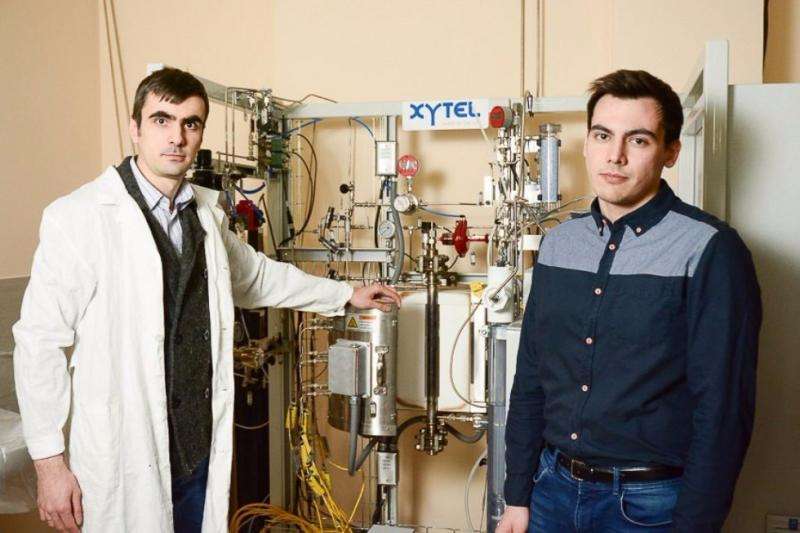Catalysts for heavy oil extraction developed

Projected heavy oil and viscous oil reserves in Russia are up to 40 to 50 billion barrels and a significant portion of that volume lies within Tatarstan. Heavy oil extraction requires special technological processes, and research in that direction is currently the center of attention in oil-rich countries like the U.S., Canada, Venezuela and Russia. Researchers at Kazan University with their peers from Stanford University have been exploring catalysts for heavy oil extraction, and have published their latest results in Energy and Fuels.
Senior Researcher at the Interbedding Combustion Lab Andrey Galukhin speaks about the research:
"Calorimetric experiments show that crude oil with higher saturate content and low resin fraction has higher heating value. Additionally, the crude oils undergo two major transitions when subjected to an oxidizing and constant rate environment known as low- and high-temperature oxidations at each heating rate studied. There are ways to pump extremely hot steam into a reservoir to liquefy viscous oil, what facilitates the extraction. However, there are limitations - if the reservoir more than 1 km deep, steam loses most of its heat energy. That is why in-situ combustion is interesting for us—the heat for liquefying is generated in the reservoir. Our group works on catalysts that provide combustion during this process. The catalysts help to oxidize oil deposits in reservoirs that are relatively resistant to burning".
The catalysts developed by the group have already shown promising results in lab tests, and the work continues. Dr. Galukhin won a grant for this particular work from the Russian Foundation for Basic Research in 2015.
Provided by Kazan Federal University


















